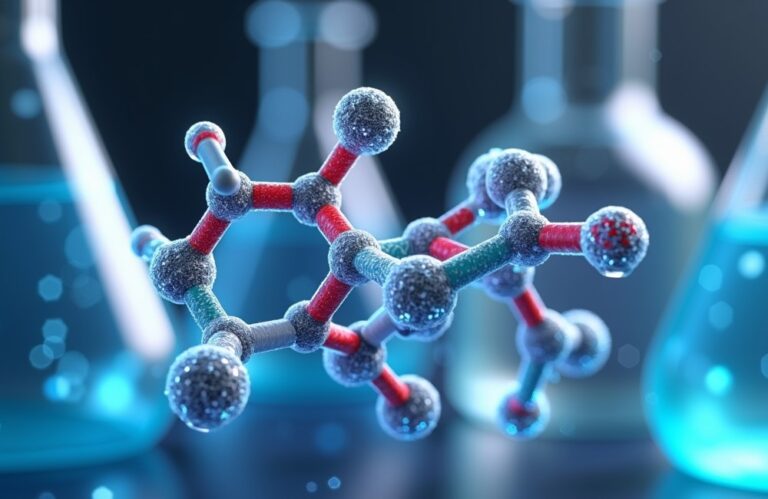Introduction
In the world of organic chemistry, certain compounds play crucial roles in industrial processes, biochemical reactions, and synthetic applications. One such compound is HCOOCH CH2 H2O, a chemical structure that may represent formic acid derivatives or esters with significant reactivity. Understanding its mechanism, reactions, and industrial uses can provide valuable insights for chemists, researchers, and industry professionals.
This article explores the nature of HCOOCH CH2 H2O, its chemical behavior, key reactions, and practical applications in various industries.
Understanding HCOOCH CH2 H2O
The notation HCOOCH CH2 H2O suggests a combination of:
- HCOOCH (Formate ester or formyl group)
- CH2 (Methylene group)
- H2O (Water)
This structure could imply a formate ester (HCOOCH3, methyl formate) undergoing hydrolysis (reaction with water), leading to the formation of formic acid (HCOOH) and methanol (CH3OH).
Chemical Structure and Properties
- Methyl formate (HCOOCH3) is the simplest ester derived from formic acid.
- It is a colorless liquid with a pleasant, ether-like odor.
- Highly flammable and volatile, making it useful in industrial applications.
- Reacts with water (hydrolysis) to produce formic acid and methanol.
Mechanism of Hydrolysis: HCOOCH CH2 H2O Reaction
The reaction between HCOOCH3 (methyl formate) and water (H2O) follows an ester hydrolysis mechanism, which can be acid-catalyzed or base-catalyzed.
1. Acid-Catalyzed Hydrolysis
Under acidic conditions, the reaction proceeds as follows:
- Protonation of the carbonyl oxygen makes the carbon more electrophilic.
- Nucleophilic attack by water on the carbonyl carbon.
- Formation of a tetrahedral intermediate, which collapses to reform the carbonyl group while breaking the C–O bond.
- Release of methanol (CH3OH) and formic acid (HCOOH).
Reaction Equation:HCOOCH3+H2O→H+HCOOH+CH3OHHCOOCH3+H2OH+HCOOH+CH3OH
2. Base-Catalyzed Hydrolysis (Saponification)
In the presence of a base (e.g., NaOH), the reaction is irreversible:
- Nucleophilic attack by hydroxide ion (OH⁻) on the carbonyl carbon.
- Formation of a tetrahedral intermediate, which expels methoxide (CH3O⁻).
- Proton transfer leads to formate ion (HCOO⁻) and methanol.
Reaction Equation:HCOOCH3+NaOH→HCOONa+CH3OHHCOOCH3+NaOH→HCOONa+CH3OH
Key Reactions of HCOOCH CH2 H2O Derivatives
1. Esterification (Reverse of Hydrolysis)
Methyl formate can be synthesized by reacting formic acid (HCOOH) with methanol (CH3OH) in the presence of an acid catalyst.HCOOH+CH3OH⇌HCOOCH3+H2OHCOOH+CH3OH⇌HCOOCH3+H2O
2. Oxidation Reactions
- Methyl formate can be oxidized to carbon dioxide and water.
- In controlled conditions, it can yield formaldehyde or formic acid.
3. Reduction Reactions
- Hydrogenation of methyl formate produces methanol and formaldehyde.
- Catalytic reduction can yield methane and water.
Industrial Applications of HCOOCH CH2 H2O and Related Compounds
1. Production of Formic Acid
- Methyl formate hydrolysis is a major industrial method for producing formic acid, used in:
- Leather tanning
- Textile dyeing
- Rubber manufacturing
2. Use as a Solvent
- Methyl formate is an effective green solvent in:
- Paints and coatings
- Pharmaceutical formulations
3. Refrigerant and Blowing Agent
- Due to its low boiling point, it is used in:
- Foam-blowing agents for insulation materials
- Alternative refrigerants in cooling systems
4. Fuel Additives
- Methyl formate improves combustion efficiency in diesel engines.
- Acts as an octane booster in gasoline.
5. Chemical Intermediate
- Used in synthesizing:
- Dimethylformamide (DMF) – a key industrial solvent.
- Pharmaceutical intermediates for drug synthesis.
Safety and Environmental Considerations
While HCOOCH CH2 H2O derivatives are useful, they require careful handling:
- Flammability: Methyl formate is highly flammable; proper ventilation is necessary.
- Toxicity: Inhalation can cause dizziness or respiratory irritation.
- Environmental Impact: Proper disposal is crucial to prevent water contamination.
Conclusion
The chemical entity HCOOCH CH2 H2O, primarily represented by methyl formate and its hydrolysis, plays a vital role in organic synthesis and industrial chemistry. From ester hydrolysis mechanisms to applications in solvents, refrigerants, and pharmaceuticals, this compound demonstrates versatility and importance in modern chemistry.
Understanding its reactions, mechanisms, and industrial uses provides valuable knowledge for chemists and industry professionals, ensuring safe and efficient utilization in various applications.


